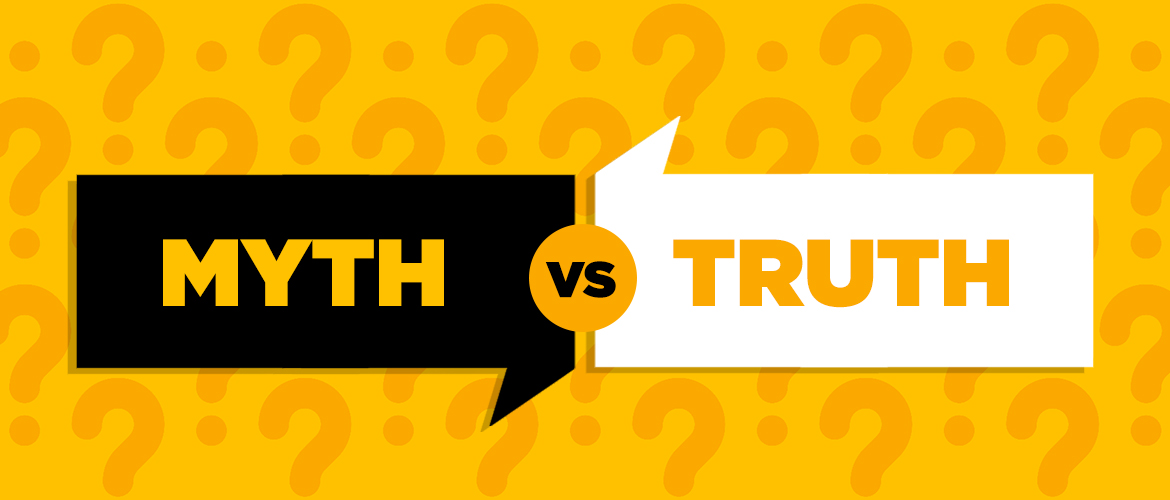There are a lot of scary claims out there about milk and how it’s made, but when you look past the hype at the real science, and talk to the farmers who produce the milk, you’ll find that new research and technology have made dairy even safer than it was when people first started eating and drinking it thousands of years ago.
So here’s the truth behind the top five dairy myths out there.
MYTH: Pasteurization destroys the nutrients in milk.
Studies show that pasteurization does not significantly reduce the nutritional value of milk; it simply kills bacteria to make milk safe to drink.1-2 In fact, processed milk has nine essential nutrients, including added vitamin A and D, for an even higher nutritional value. Both the FDA and CDC warn against drinking raw milk due to dozens of outbreaks of foodborne illnesses associated with consumption of raw milk products.3-5
MYTH: It’s cruel to separate calves from their mothers.
When calves are first born, they need protection from being stepped on by bigger cows and from sharing germs with each other, so farmers put them in individual pens, just like people put human babies in playpens for protection. When the calves get a little bigger, they’ll socialize with other cows their age, and later they’ll join their moms in the adult herd.
MYTH: Dairy farms are bad for the environment.
Most dairy farmers live and raise families on their farms, and plan to pass those farms on to their kids, which means they have a very personal motivation for taking care of the land, air and water.
Here are some of the ways dairy farmers protect the environment:
- Many dairy farmers reuse waste as fertilizer; some even have methane digesters to convert waste into electricity.
- Dairy farmers recycle each drop of water, from flushing out barns to irrigating fields.
- Dairy farms hold to strict environmental standards set by multiple government agencies.
- Dairy farmers invest in research to find new ways to protect the environment.
MYTH: Milk is full of antibiotics.
Sick cows are sometimes treated with antibiotics, just like sick people are. But these cows are milked separately from the healthy cows until the antibiotics are out of their systems. As an extra precaution, all milk is tested – multiple times – before it’s sold, and if it tests positive for even the slightest amount of antibiotics, farmers dump the entire batch. They have safe ways of discarding the milk, and it never reaches the store.
MYTH: Dairy cows are mistreated.
Dairy farmers care deeply for their cows! Dairy cows are the livelihood of the farmers, so taking care of them is a farmer’s first priority. That means that every single day of the year, even on holidays, even when the weather is bad – especially when the weather is bad – farmers are out taking care of their cows. A farmer can’t rest or eat until the cows are comfortable and fed.
Here are some specific ways farmers take care of their cows:
- Cows get regular checkups from veterinarians.
- Cows have access to fresh food and water 24 hours a day.
- Cows’ diets are specially formulated by nutritionists.
- Cows live in shelters designed to keep them cool or warm, depending on the climate and season.
- Cows get manicures to keep their hooves healthy.




